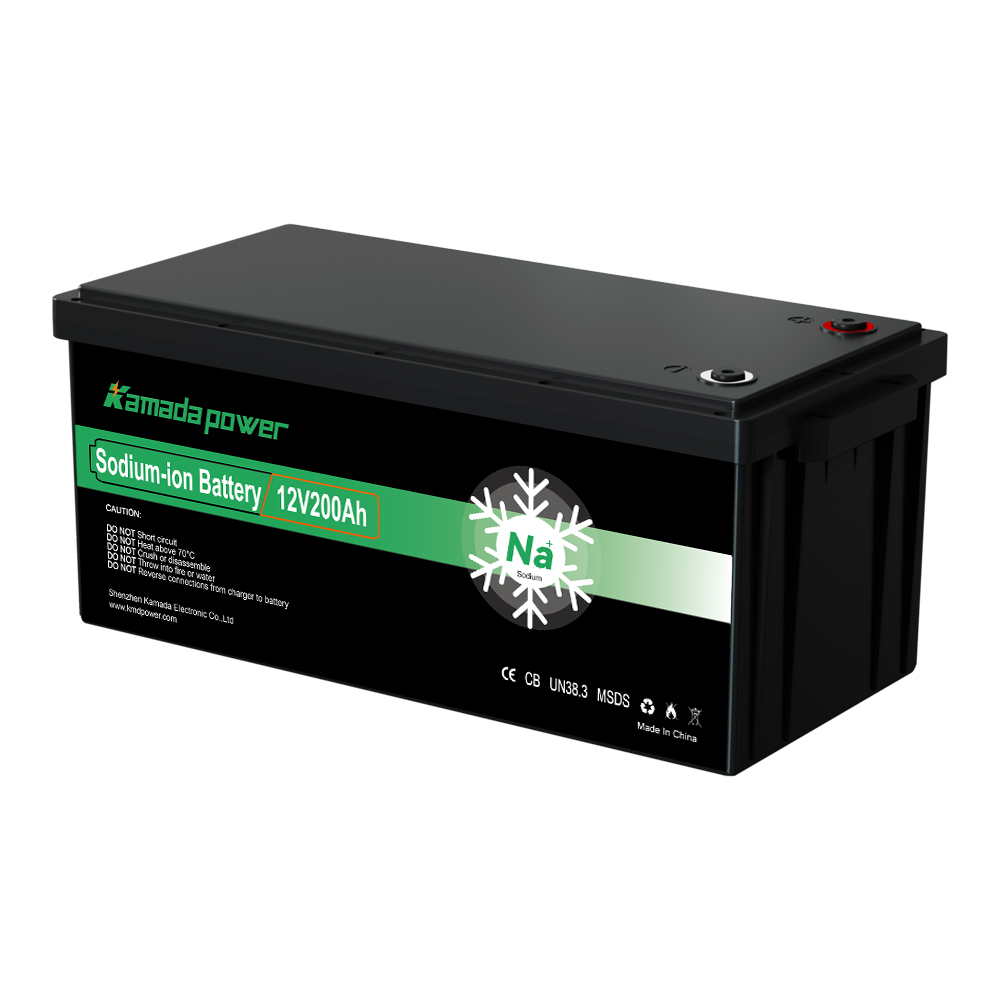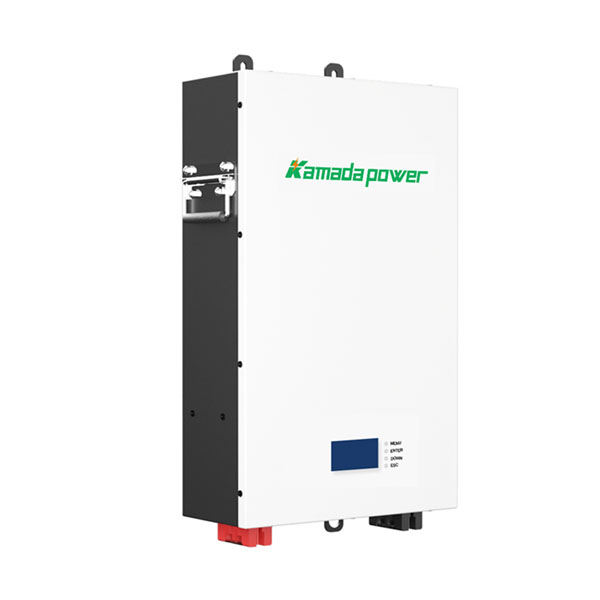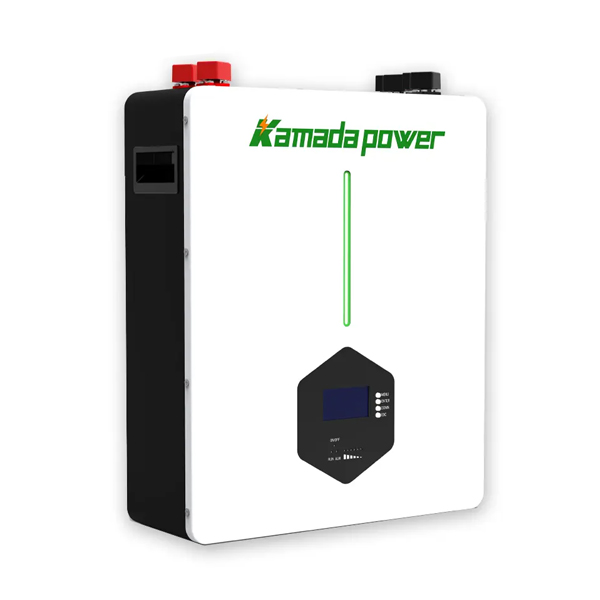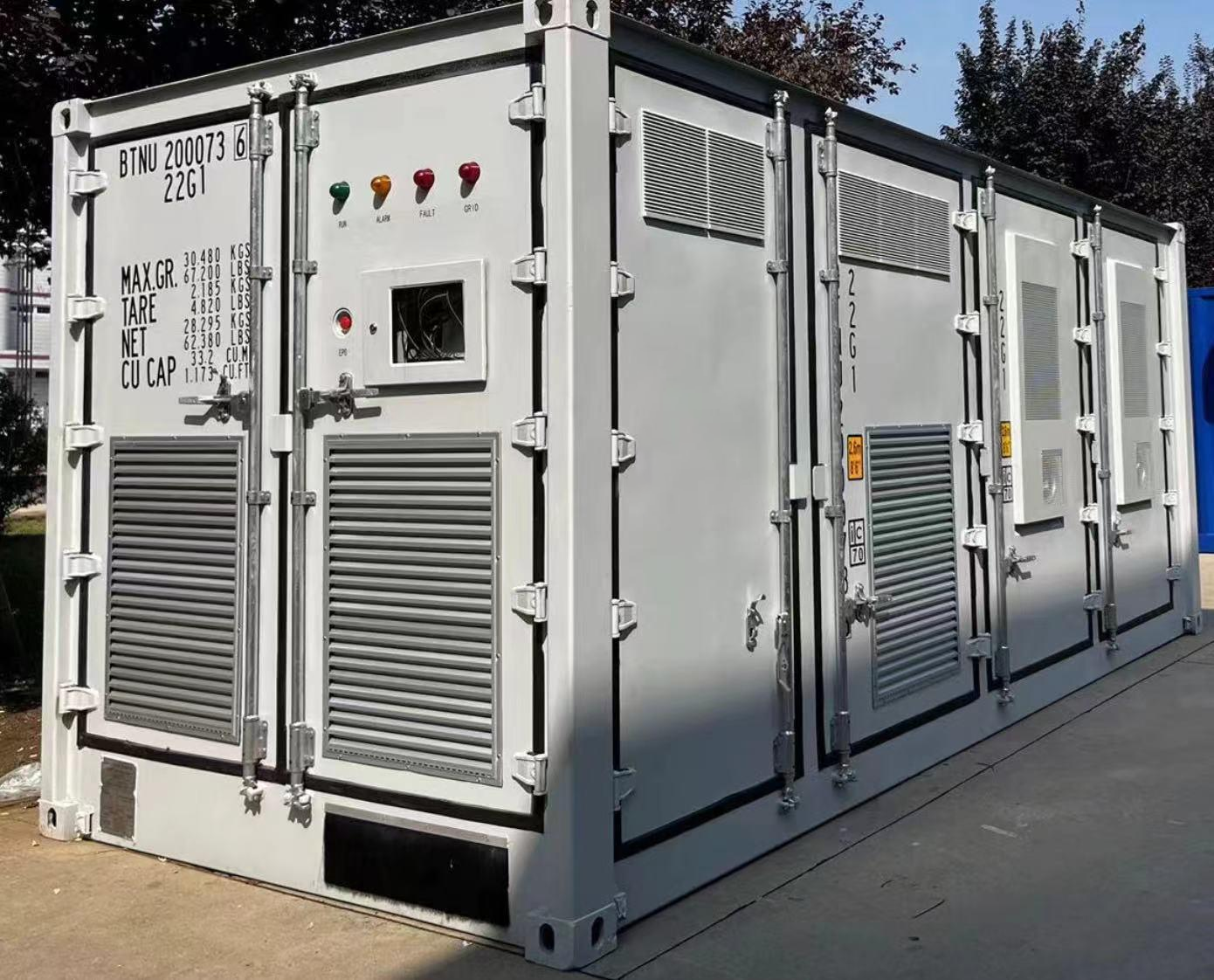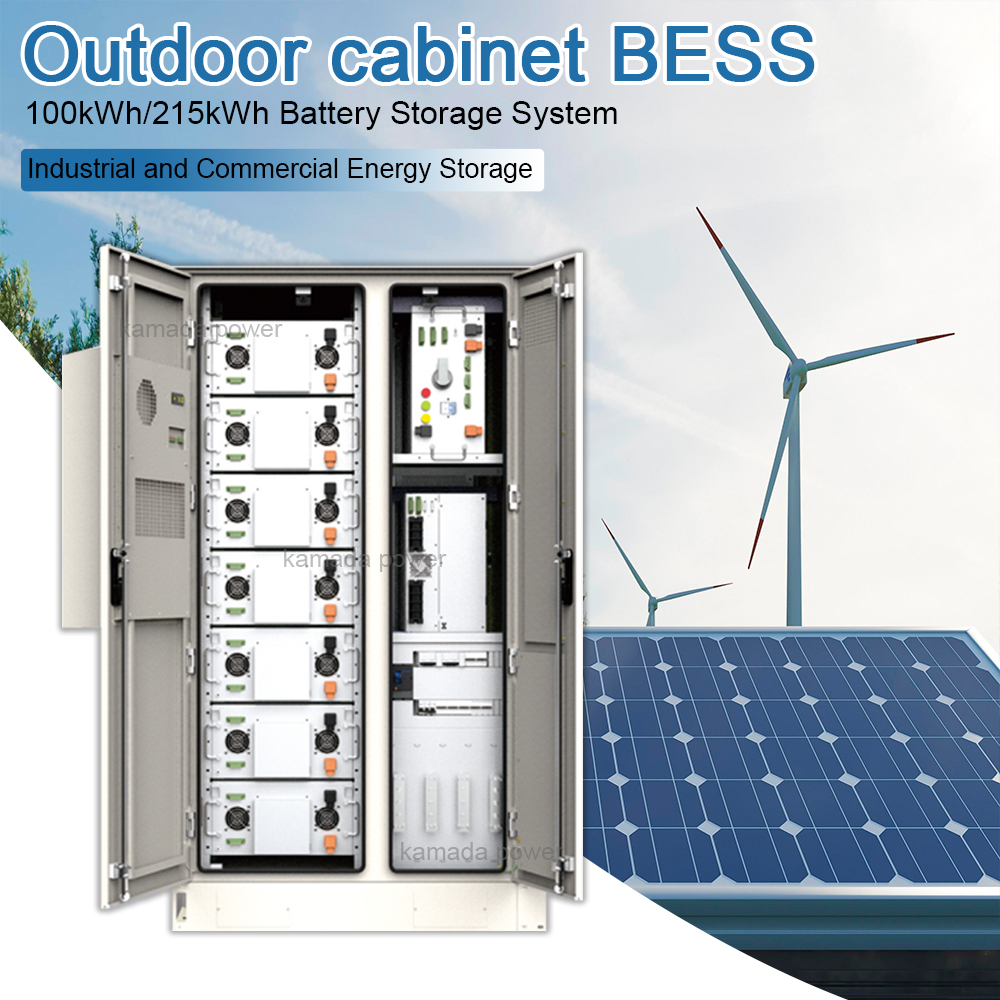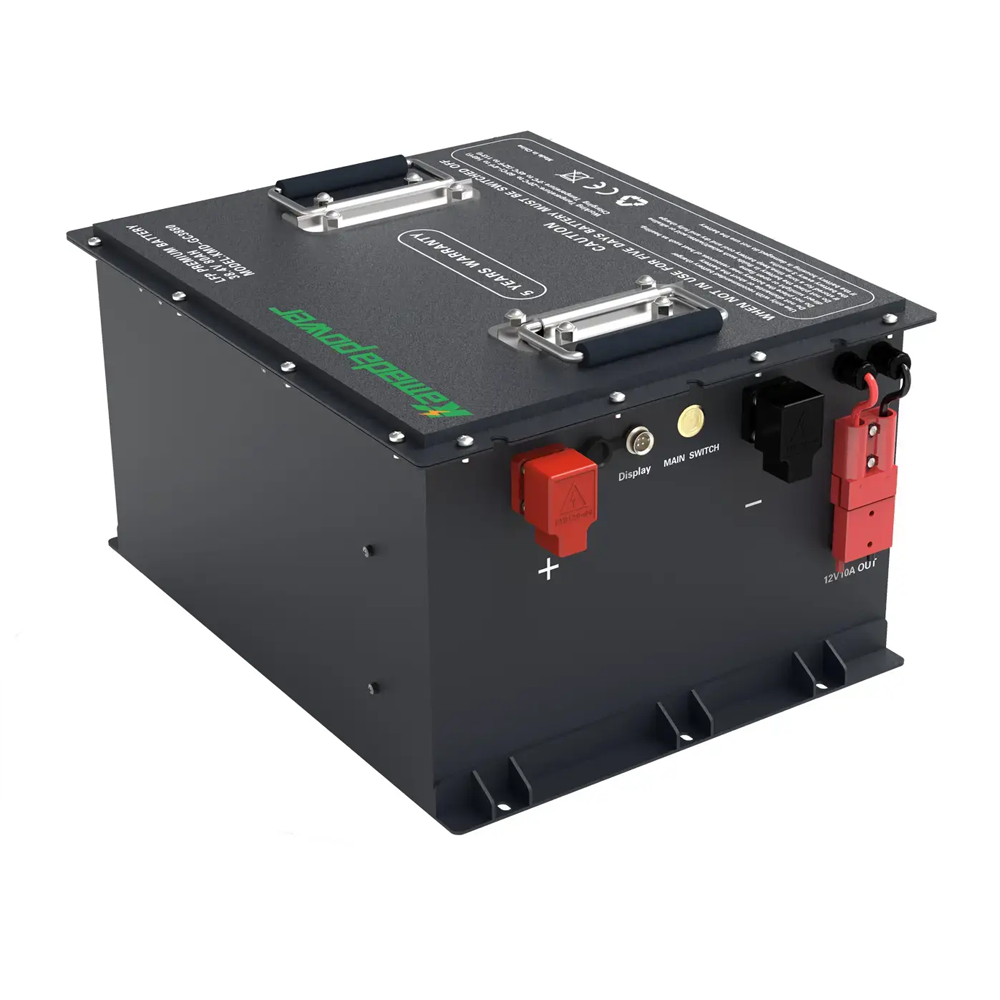Gel battery vs Lithium? Which Are Best for Solar? Choosing the right solar battery is crucial for achieving efficiency, longevity, and cost-effectiveness tailored to your needs. With rapid advancements in energy storage technology, the decision between gel batteries and lithium-ion batteries has become increasingly complex. This guide aims to provide a comprehensive comparison to help you make an informed choice.
What are Lithium-Ion Batteries?
Lithium-ion batteries are rechargeable batteries that store and release energy through the movement of lithium ions between positive and negative electrodes. They are renowned for their high energy density and extended cycle life. Three main types of lithium batteries exist: lithium cobalt oxide, lithium manganese oxide, and lithium iron phosphate (LiFePO4). Specifically:
- High Energy Density: Lithium-ion batteries typically boast an energy density ranging between 150-250 Wh/kg, making them ideal for compact designs and electric vehicles with extended range.
- Long Cycle Life: Lithium-ion batteries can last anywhere from 500 to over 5,000 cycles, depending on usage, depth of discharge, and charging methods.
- Built-in Protection System: Lithium-ion batteries are equipped with an advanced Battery Management System (BMS) that monitors the battery’s status and prevents issues like overcharging, over-discharging, and overheating.
- Fast Charging: Lithium batteries have the advantage of rapid charging, utilizing stored energy efficiently and charging at double the speed of conventional batteries.
- Versatility: Lithium batteries are suitable for diverse applications, including electric vehicles, solar energy storage, remote monitoring, and carts.
What are Gel Batteries?
Gel batteries, also known as deep-cycle batteries, are designed for frequent deep discharge and recharge cycles. They utilize silica gel as the electrolyte, enhancing safety and stability. Specifically:
- Stability and Safety: The use of a gel-based electrolyte ensures that gel batteries are less prone to leakage or damage, increasing their safety.
- Suitable for Deep Cycling: Gel batteries are designed for frequent deep discharge and recharge cycles, making them ideal for backup energy storage in solar systems and various emergency applications.
- Low Maintenance: Gel batteries typically require minimal maintenance, offering an advantage for users seeking hassle-free operation.
- Versatility: Suitable for various emergency applications and solar project testing.
Gel Battery vs Lithium: A Comparative Overview
| Features | Lithium-ion Battery | Gel Battery |
|---|---|---|
| Efficiency | Up to 95% | Approximately 85% |
| Cycle Life | 500 to 5,000 cycles | 500 to 1,500 cycles |
| Cost | Generally higher | Generally lower |
| Built-in Features | Advanced BMS, Circuit Breaker | None |
| Charging Speed | Very fast | Slower |
| Operating Temperature | -20~60℃ | 0~45℃ |
| Charging Temperature | 0°C~45°C | 0°C to 45°C |
| Weight | 10-15 KGS | 20-30 KGS |
| Safety | Advanced BMS for thermal management | Requires regular maintenance and monitoring |
Key Differences: Gel Battery vs Lithium
Energy Density & Efficiency
Energy density measures a battery’s storage capacity relative to its size or weight. Lithium-ion batteries boast an energy density between 150-250 Wh/kg, allowing for compact designs and extended electric vehicle range. Gel batteries typically range between 30-50 Wh/kg, resulting in bulkier designs for comparable storage capacities.
In terms of efficiency, lithium batteries consistently achieve efficiencies exceeding 90%, while gel batteries generally fall within the 80-85% range.
Depth of Discharge (DoD)
Depth of Discharge (DoD) is critical for a battery’s lifespan and performance. Lithium-ion batteries typically offer a high DoD between 80-90%, allowing for significant energy utilization without compromising longevity. Gel batteries, conversely, are advised to maintain a DoD below 50%, limiting their energy utilization.
Lifespan and Durability
| Lithium Battery | Gel Battery | |
|---|---|---|
| Pros | Compact with high energy capacity.Extended cycle life with minimal capacity loss.Rapid charging minimizes downtime.Minimal energy loss during charge-discharge cycles.Chemically stable, especially LiFePO4.High energy utilization in each cycle. | Gel electrolyte reduces leakage risks and enhances safety.Durable structure for challenging applications.Comparatively lower initial cost.Efficient performance across varied temperatures. |
| Cons | Higher initial cost, offset by long-term value.Careful handling and charging required. | Bulkier for comparable energy output.Slower recharge times.Increased energy losses during charge-discharge cycles.Limited energy utilization per cycle to preserve battery life. |
Charging Dynamics
Lithium-ion batteries are renowned for their rapid charging capabilities, achieving up to 80% charge in approximately an hour. Gel batteries, while reliable, have slower charging times due to the gel electrolyte’s sensitivity to high charge currents. Additionally, lithium-ion batteries benefit from a low self-discharge rate and advanced Battery Management Systems (BMS) for automated cell balancing and protection, reducing maintenance compared to gel batteries.
Safety Concerns
Modern lithium-ion batteries, especially LiFePO4, have advanced safety features built-in, including thermal runaway prevention and cell balancing, reducing the need for external BMS systems. Gel batteries are also inherently safe due to their leak-resistant design. However, overcharging can cause gel batteries to swell and, in rare instances, burst.
Environmental Impact
Both gel and lithium-ion batteries have environmental considerations. While lithium-ion batteries often have a lower carbon footprint over their lifecycle due to their high energy density and efficiency, the extraction and mining of lithium and other battery materials pose environmental challenges. Gel batteries, as lead-acid types, involve lead, which can be hazardous if not properly recycled. Nonetheless, the recycling infrastructure for lead-acid batteries is well-established.
Cost Analysis
Although lithium-ion batteries may have a higher initial cost compared to gel batteries, their longer lifespan, higher efficiency, and greater depth of discharge result in long-term savings of up to 30% per kWh over a 5-year period. Gel batteries may appear more economical initially but can incur higher long-term costs due to frequent replacements and increased maintenance.
Weight and Size Considerations
With their superior energy density, lithium-ion batteries deliver more power in a lightweight package compared to gel batteries, making them ideal for weight-sensitive applications like RVs or marine equipment. Gel batteries, being bulkier, can pose challenges in installations where space is limited.
Temperature Tolerance
Both battery types have optimal temperature ranges. While lithium-ion batteries perform optimally at moderate temperatures and may experience diminished performance in extreme conditions, gel batteries exhibit greater temperature resilience, albeit with reduced efficiency in colder climates.
Efficiency:
Lithium batteries store a higher percentage of the energy, up to 95%, while GEL batteries have an average efficiency of 80-85%. Higher efficiency is directly related to faster charging speeds. Additionally, the two options have different
depths of discharge. For lithium batteries, the depth of discharge can reach up to 80%, while the highest for most GEL options is around 50%.
Maintenance:
Gel batteries are generally maintenance-free and leak-proof, but periodic checks are still essential for optimal performance. Lithium batteries also require minimal maintenance, but the BMS and thermal management systems should be regularly monitored and maintained.
How to Choose the Right Solar Battery?
When selecting between gel and lithium-ion batteries, consider the following factors:
- Budget: Gel batteries offer a lower upfront cost, but lithium batteries provide superior long-term value due to extended lifespan and higher efficiency.
- Power Requirements: For high-power demands, additional solar panels, batteries, and inverters may be necessary, increasing overall costs.
What are the Disadvantages of Lithium vs Gel Battery?
The only significant drawback of lithium batteries is the higher initial cost. However, this cost can be offset by the longer lifespan and higher efficiency of lithium batteries.
How to Maintain These Two Types of Batteries?
To get the maximum performance out of both lithium and gel batteries, proper maintenance is required:
- Avoid overcharging or fully discharging the batteries.
- Ensure they are installed in a cool place away from direct sunlight.
So, Which One is Better: Gel Battery vs Lithium?
The choice between gel and lithium-ion batteries depends on specific requirements, budget constraints, and intended applications. Gel batteries provide a cost-effective solution with simplified maintenance, making them suitable for smaller projects or budget-conscious consumers. Conversely, lithium-ion batteries offer higher efficiency, extended lifespan, and faster charging, making them suitable for long-term installations and larger-scale projects where initial cost is secondary.
Conclusion
The decision between gel and lithium-ion batteries hinges on specific requirements, budget constraints, and intended applications. While gel batteries are cost-effective and require minimal maintenance, lithium-ion batteries offer superior efficiency, longer lifespan, and faster charging capabilities, making them ideal for long-term installations and high-power applications.
Kamada Power: Get a Free Quote
If you’re still uncertain about the best battery choice for your needs, Kamada Power is here to help. With our lithium-ion battery expertise, we can guide you towards the optimal solution. Contact us for a free, no-obligation quote and embark on your energy journey confidently.
Gel Battery vs Lithium FAQ
1. What is the main difference between gel batteries and lithium batteries?
Answer: The primary difference lies in their chemical composition and design. Gel batteries use silica gel as the electrolyte, providing stability and preventing electrolyte leakage. In contrast, lithium batteries utilize lithium ions moving between positive and negative electrodes to store and release energy.
2. Are gel batteries more cost-effective than lithium batteries?
Answer: Initially, gel batteries are generally more cost-effective due to their lower upfront cost. However, lithium batteries often prove to be more cost-effective in the long run due to their longer lifespan and higher efficiency.
3. Which type of battery is safer to use?
Answer: Both gel and lithium batteries have safety features, but gel batteries are less prone to explosion due to their stable electrolyte. Lithium batteries require a good Battery Management System (BMS) to ensure safe operation.
4. Can I use gel and lithium batteries interchangeably in my solar system?
Answer: It is essential to use batteries that are compatible with your solar system’s requirements. Consult with a solar energy expert to determine which battery type is suitable for your specific system.
5. How do maintenance requirements differ between gel and lithium batteries?
Answer:*Gel batteries are generally easier to maintain and require fewer checks compared to lithium batteries. However, both types of batteries should be stored in a cool place away from direct sunlight and should be prevented from overcharging or fully discharging.
6. Which battery type is better for off-grid solar systems?
Answer: For off-grid solar systems where deep cycling is common, gel batteries are often preferred due to their design for frequent deep discharge and recharge cycles. However, lithium batteries can also be suitable, especially if a high energy density and longer lifespan are required.
7. How do the charging speeds of gel and lithium batteries compare?
Answer: Lithium batteries generally have faster charging speeds, charging at twice the speed of conventional batteries, whereas gel batteries charge more slowly.
8. What are the environmental considerations for gel and lithium batteries?
Answer: Both gel and lithium batteries have environmental impacts. Lithium batteries are heat-sensitive and can be more challenging to dispose of. Gel batteries, while less environmentally harmful, should also be disposed of responsibly.


